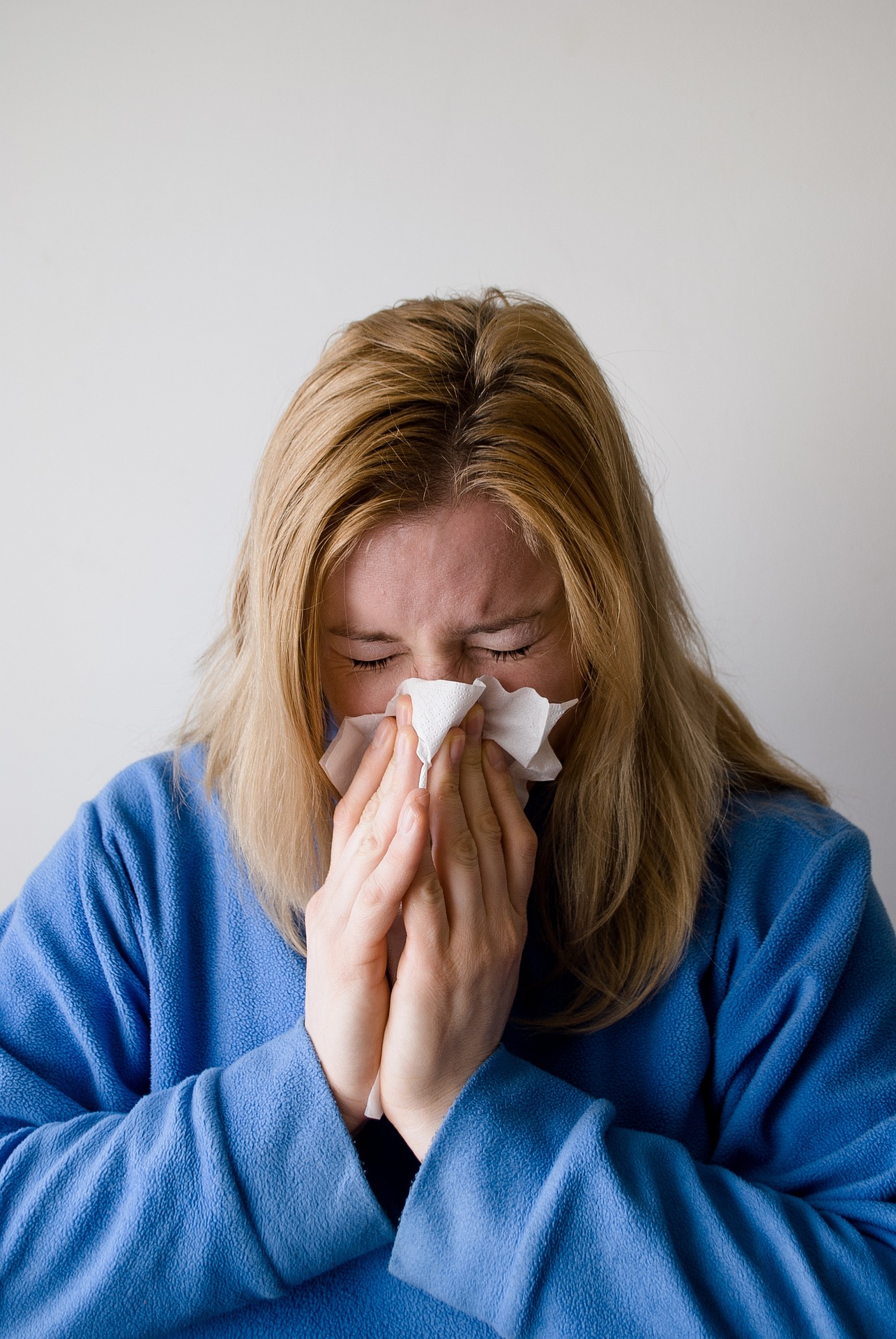Winter months can make it difficult to stay warm and safe. Find out how to identify and prevent cold-related diseases and how to keep warm and safe during winter storms and extreme cold.
Keep active in the cold.
You don’t have to put up with the cold. These winter exercises will help you stay motivated and fit while increasing your energy.
Before you start your workout, warm up by doing light stretching and other activities.
Layer up to keep warm. Layer up for warmth.
Try activities like snowshoeing, cross-country skiing, or ice skating.
Enjoy the outdoors and take in your surroundings.
Before you leave for your trip, let your family and friends know.
Safe Snow Shoveling
When done correctly, shovelling snow can be great exercise. Shovelling snow can be dangerous if someone attempts to do more than they can manage. Before you shovel outside:
Discuss with your doctor if there is any history of heart problems.
Get plenty of water. You can also get dehydrated in colder weather!
You should dress warmly and have several layers to take off a layer if necessary.
Avoid nicotine and caffeine, as they can cause extra strain on your heart.
Warm up your legs and arms. Stretch your legs and arms for a while. Warm muscles work better and are less likely to be injured.
When you’re outside shovelling:
Take it slow! Take breaks and pace yourself.
Only pick up a few snowflakes at a time. If you have a large shovel, use a smaller shovel or fill it only half-full.
It is easier to shovel the snow on your back than push it.
Your back is your most important asset. Keep your back protected. Stand with your feet about hip-width apart and the shovel near your body for balance.
Do not twist. You can move snow from one side to the other by moving your feet in the direction you want.
Pay attention to your body. If you feel tired, tightness or tightness in the chest, stop!
Extreme Cold
You can take steps to reduce the risk of injury or illness.
Extremely cold temperatures are especially dangerous for the elderly. You should check on your elderly relatives, friends, and neighbours often.
Even if you’re only going to the mailbox for a few minutes, dress warmly. You could be exposed longer than you intended if you fall or the door closes behind you.
Even if you’re not moving a lot, dress warmly.
Your activity level, health, and medications should all be considered when setting the temperature in your home. For older people who have difficulty moving or taking certain medications, what is a safe and fuel-efficient temperature may not be acceptable.
If clothing gets wet, take it off. Hypothermia can be more common in wet clothes.
Avoid alcohol. The body’s ability to retain heat is affected by alcohol.
To check if Warming Centers are available in your area, visit the Rhode Island Emergency Management Agency Website.
Cold-related Illnesses: Hypothermia, Frostbite and Carbon Monoxide Poisoning
Frostbite refers to an injury caused by freezing. Frostbite is a condition that causes loss of feeling or colour in your body. It usually affects the nose, ears and cheeks. Frostbite can cause permanent damage to the body and, in some cases, even lead to an amputation. Frostbite is more common in people with poor circulation or who don’t dress appropriately for cold temperatures.
Your body loses heat more quickly than it can make heat when it is exposed to cold temperatures. Hypothermia can be caused by prolonged exposure to cold temperatures. Hypothermia is a condition that causes the inability to think clearly and difficulty moving around. Hypothermia can present in adults as shivering and exhaustion, confusion, fumbling hand, memory loss, drowsiness or slurred speech. Hypothermia in infants can be characterized by bright red, cold skin, and low energy.
Hypothermia is more common in the following:
Thyroid or hormone system disorders:
Anybody who has suffered a stroke or is suffering from a medical condition that results in paralysis and decreased awareness.
Persons with severe arthritis, Parkinson’s Disease or any other medical condition restricts physical activity.
Anybody with a medical condition slows down the normal blood flow.
Memory disorders:
Any person who uses over-the-counter remedies for cold symptoms, anxiety, or depression.
Carbon monoxide can cause death or invisibility. The most common signs of CO poisoning include headaches, dizziness and weakness.
To prevent carbon monoxide poisoning.
To heat your home, do not use a gas oven or range.
It would help if you did not have a charcoal grill, lantern, hibachi, or portable camping stove in your home.
Make sure your generator is properly installed.
If your power goes out and it’s too cold to stay in your home, you can go to a friend’s or family member’s house, a warming centre or a shelter for the community.

